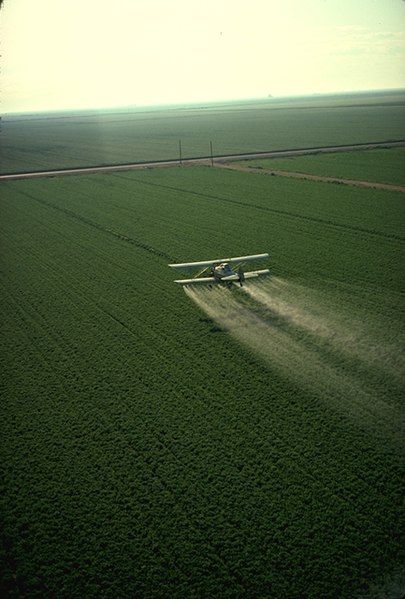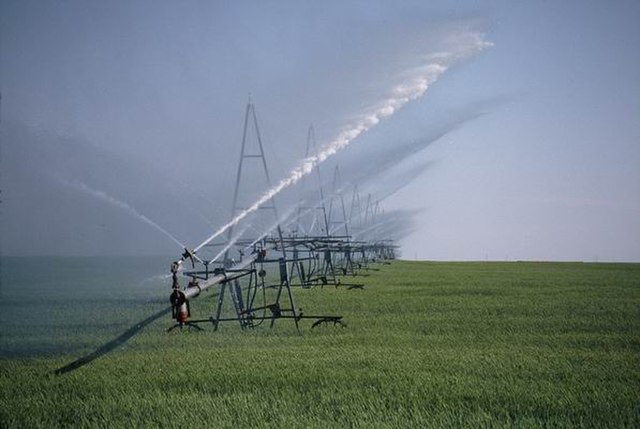Norman Ernest Borlaug was an American agronomist who led initiatives worldwide that contributed to the extensive increases in agricultural production termed the Green Revolution. Borlaug was awarded multiple honors for his work, including the Nobel Peace Prize, the Presidential Medal of Freedom and the Congressional Gold Medal, one of only seven people to have received all three awards.
Borlaug in 2004
Norman Borlaug wrestling at the University of Minnesota
Wheat is the third most-produced cereal crop.
President George W. Bush speaks with National Medal of Science Laureates, White House, 2006. Dr. Norman E. Borlaug is second from left.
The Green Revolution, or the Third Agricultural Revolution, was a period of technology transfer initiatives that saw greatly increased crop yields. These changes in agriculture began in developed countries in the early 20th century and spread globally until the late 1980s. In the late 1960s, farmers began incorporating new technologies such as high-yielding varieties of cereals, particularly dwarf wheat and rice, and the widespread use of chemical fertilizers, pesticides, and controlled irrigation.
After World War II, newly implemented agricultural technologies, including pesticides and fertilizers as well as new breeds of high yield crops, greatly increased food production in certain regions of the Global South.
Increased use of irrigation played a major role in the green revolution.






